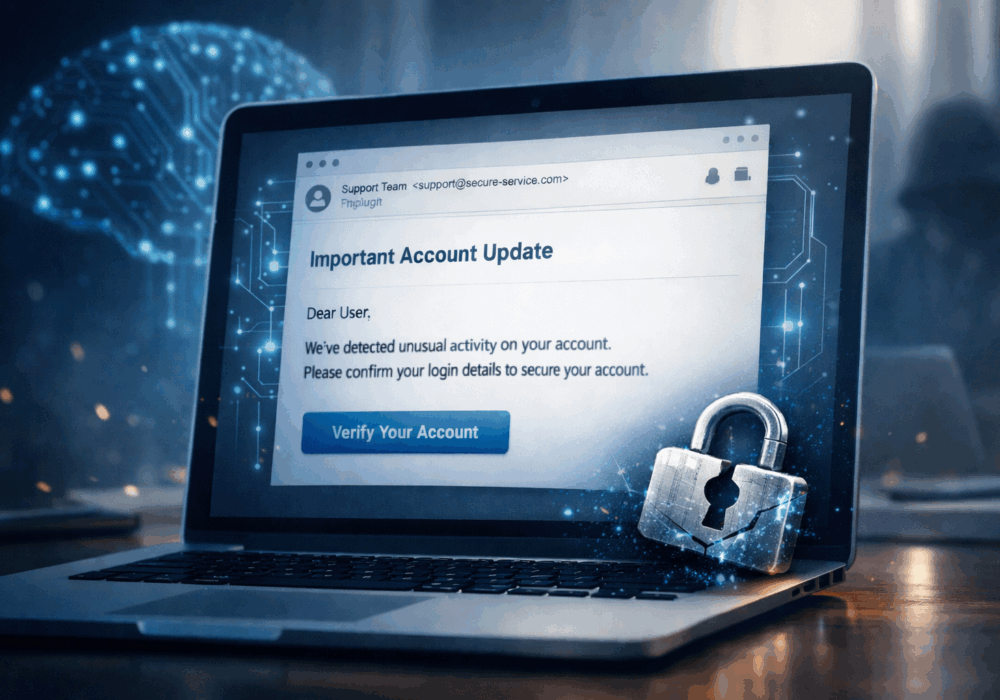Non-Public Personal Information (NPPI) is personal and private information that’s provided by a consumer to some entity for their use. This information includes the following examples:
To understand what could be considered NPPI, one simply needs to ask, what has a group of people been persecuted for in the past? The answer to that is what could and should be considered NPPI for the purposes of data protection and privacy.
Absolutely. Nearly all businesses collect and store NPPI on employees, 3rd parties, and end-users of their solutions. Know what NPPI data you collect, ensure there are safeguards in place within your business to protect it from unnecessary and unauthorized disclosure, and develop a privacy policy to publish on your website that describes the NPPI you collect, how it is used, how to request your NPPI from your company, how to request that your NPPI is deleted or not sold to 3rd parties, and when it is removed from use by your company. These are required measures under California’s Consumer Privacy Act (CCPA) as well as the EU’s General Data Privacy Regulations (GDPR). Countless other states are in the process of publishing their own regulations governing the use and handling of NPPI. Defining your processes will help you remain compliant and protect your brand, reputation, and professionalism.
Source: Cybercecurity.com, Identity Theft – Cybrary Term
Related Terms: Personal Identifiable Information (PII)
NPPI is something that businesses should be aware of. This type of information is categorized as ‘confidential’, meaning only specified parties are allowed to interact with the data. If this type of information isn’t taken care of properly in your business it can be detrimental in the event of an attack. Ensure that you have these cybersecurity measures in place so you and your SMB are prepared when the time comes:
Discover and share the latest cybersecurity trends, tips and best practices – alongside new threats to watch out for.

Phishing emails used to be easy to spot. Bad grammar. Weird links. Obvious scams. Those days are...
Read more
Cybercriminals always follow Internet eyeballs. Not literally, but figuratively. And today's eyeballs are...
Read more
Active Attacks on Messaging Apps The Cybersecurity and Infrastructure Security Agency (CISA) recently issued...
Read moreGet sharper eyes on human risks, with the positive approach that beats traditional phish testing.
